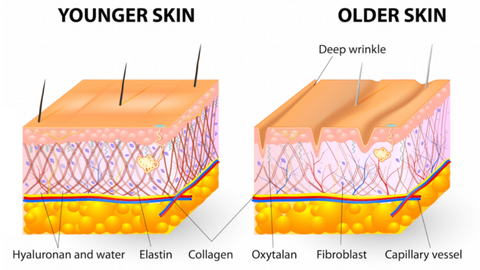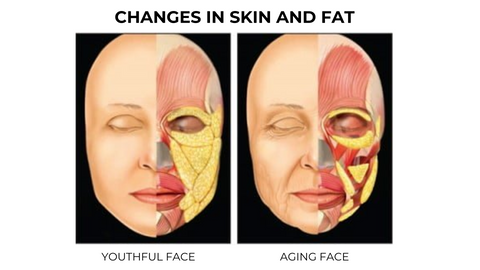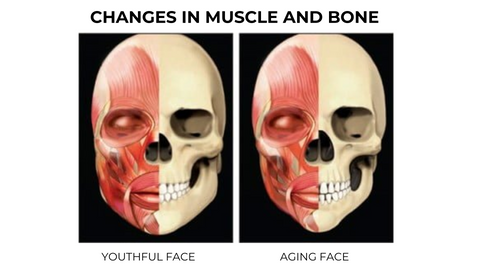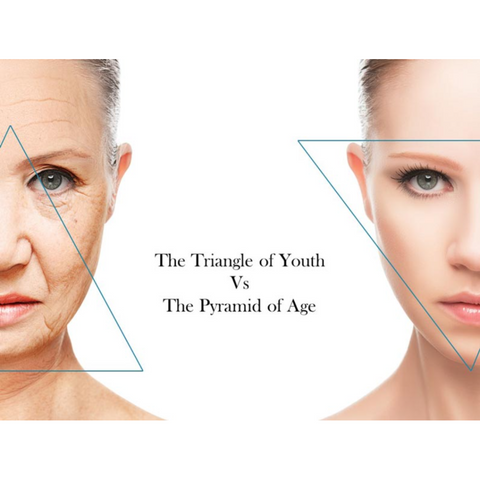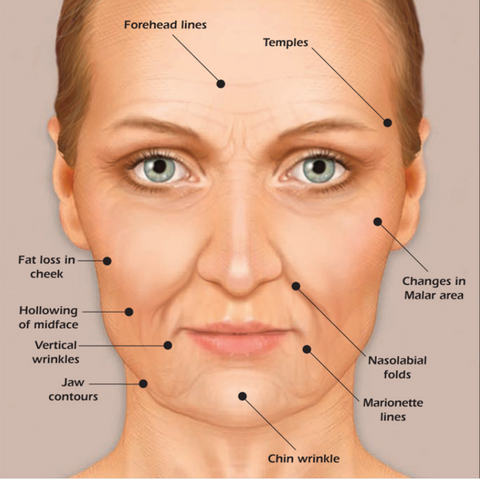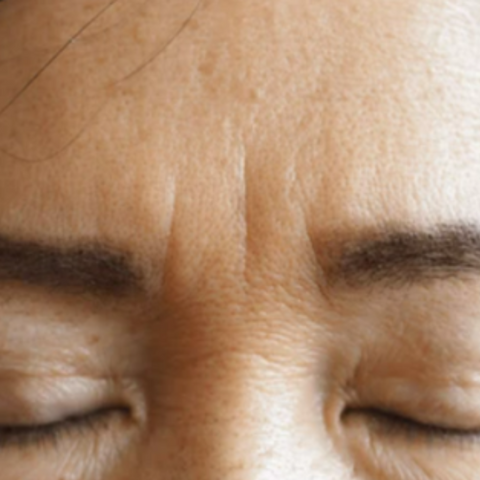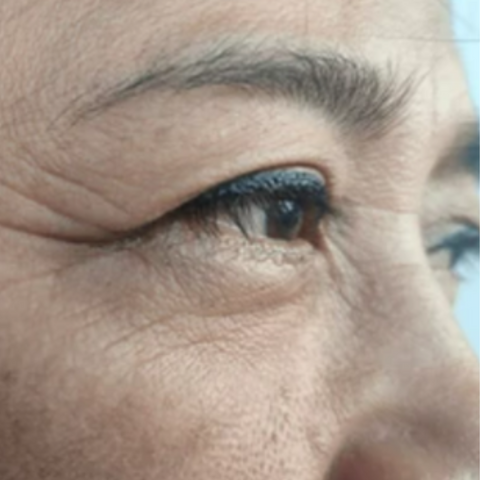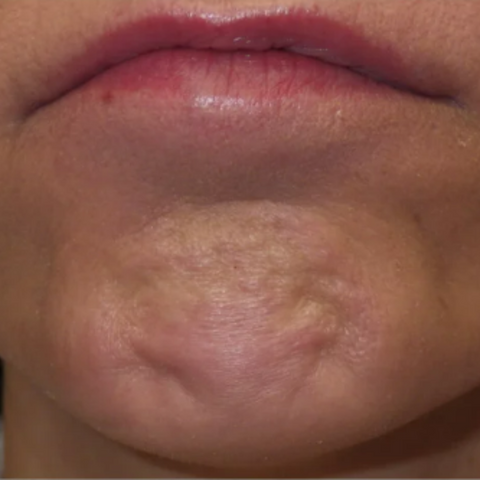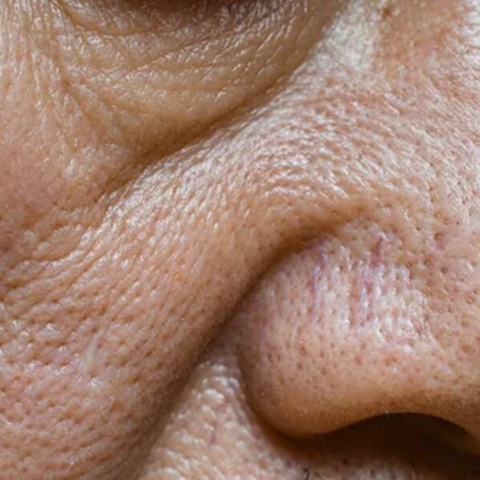FACIAL CHANGES AS WE AGE
As we age, our faces change. Although abundant in youth, collagen and elastin in our skin and face are gradually depleted as we age, as it starts to get broken down faster than our skin can replace it. These proteins are structural elements that maintain the elasticity of our skin and keep it appearing firm, supple, and youthful-looking. The skin also loses its natural ability to retain moisture, contributing to a dry or wrinkled appearance.
Beyond changes in the skin, our faces also undergo structural changes that involve deeper layers such as our fat, muscle and bone. These layers naturally recede with age, and this results in the loss of deeper support and volume beneath our skin. Together with the abovementioned skin changes, these contribute to gradual signs of ageing such as wrinkles, declining skin texture, skin laxity, and prominence of the lower face.
Explore the power of retinoids, vitamin C, and alpha hydroxy acids for transformative skin care. These potent ingredients work synergistically to rejuvenate skin, enhance collagen production, and gently exfoliate, revealing a brighter, smoother complexion with diminished signs of aging and improved overall skin health.
HOW CAN I REDUCE MY SKIN AGING?
Combat skin aging effectively by maintaining a healthy lifestyle. A diet rich in fresh fruits and vegetables can prevent premature aging, while regular exercise enhances circulation and immune function, promoting a youthful skin glow. Embrace these holistic practices for noticeable improvements in your skin's health and appearance.
FACIAL SAGGING
Over time, our skin becomes thinner and loses its elasticity. This is further exacerbated by loss of fat, muscle, and bone that provide deeper support. Progressively, we start to see changes such as drooping, lower face heaviness, or the appearance of skin hanging off our face.
Traditional facelift treatments are surgical procedures to remove excess skin. While results are immediate and significant, these can be associated with high costs and long recovery times. Furthermore, the results may be excessively pronounced for those who prefer more subtle improvements to their appearance.
WHAT IS BEST FOR SKIN ANTI-AGING?
Retinol stands as a leading anti-aging ingredient, favored for its efficacy and milder impact on the skin compared to tretinoin. Demonstrating significant benefits on both extrinsic and intrinsic aging, retinol positively influences collagen metabolism, contributing to rejuvenated, firmer, and more youthful-looking skin.
WRINKLES
Fine lines and wrinkles are creases in the skin that are a natural consequence of ageing. They can arise through repeated
facial movements over time, but also form while skin loses its elasticity and the underlying support structures recede as we get older.
ENLARGED PORES
Pores are openings in our skin that contain hair follicles and oil glands. These are present almost everywhere we have skin, with our palms and soles being notable exceptions, and serve an important purpose in normal skin function. However, pores usually however tend to be more prominent over the face, such as on the nose.
CAUSES OF ENLARGED PORES
The size of our pores is closely related to oil production. Sebum is naturally produced to protect the skin and help retain moisture within. However, when there is excessive sebum production, pores may appear enlarged. In such cases pores may also tend to be more easily clogged, leading to comedone formation and acne. While largely genetic, sebum production is also closely linked to factors such as gender, hormone levels, and lifestyle.
Drop us a line
Locate Us:
IMAGO AESTHETIC CLINIC SINGAPORE
AMK HUB CLINIC #03-26B
Call: (+65) 6481 1806
Whatsapp: (+65) 9727 3038
Disclaimer:
All contents in this website does not constitute or are intended to constitute complete medical advice. Content in website is for informational purposes only. Treatment results, experiences, downtime (if any) may vary by individuals. Please make an appointment with our clinic for a thorough medical assessment of your condition and treatment required.
Email Address: marketing@imagoaesthetic.com.sg



